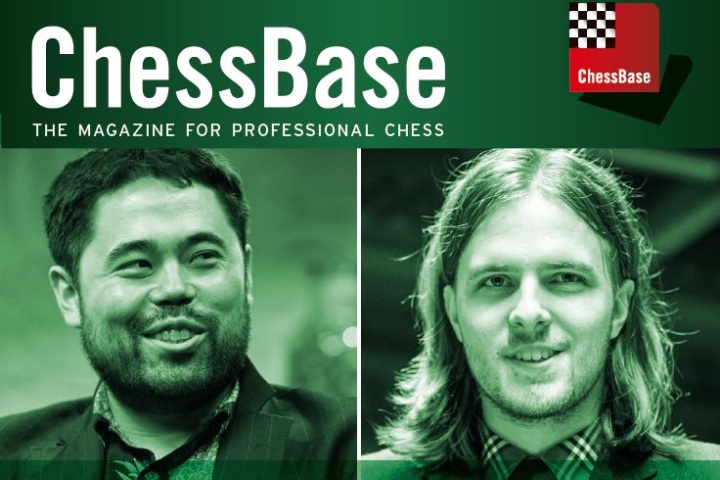I am writing these lines under the shadow of war. Life has not been the same for anyone since February 24. But then chess is an affirmation of all that is good and beautiful in our existence as human beings. It’s a reminder to us of what we need to bring back in the world even as we think of those who have suffered and continue to suffer on account of this war. With this preamble, let me turn to the contents of this DVD. In the main it has games from the FIDE Grand Prix 2022 and The Ukraine Charity Cup.
Nakamura lives dangerously!
As is known, the FIDE Grand Prix 2022 was held to determine places for the Candidates’ Tournament. Nakamura’s return to serious tournament play was good news for his fans. He did not disappoint them and qualified for the Candidates’. He lived dangerously, attacking and provoking his opponents to enter murky complications. More often than not, he was lost. He would manage to draw or even win from a bad position. What sustained his play was his appetite for the game after a long absence from competition.
The following encounter has it all.
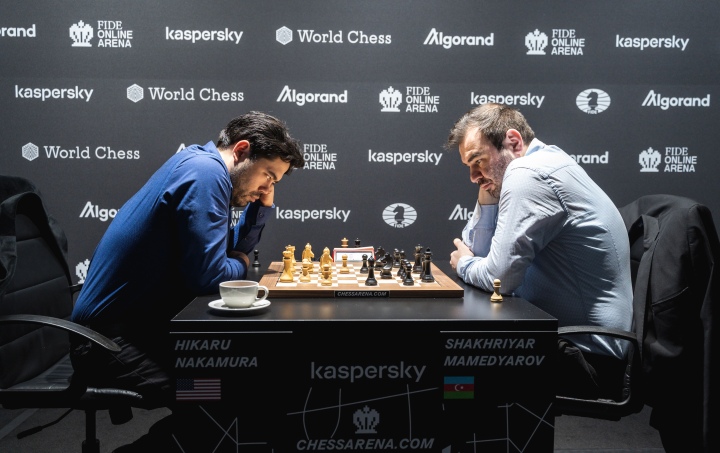
Nakamura vs Mamedyarov | Photo: FIDE
In a later interview Nakamura maintained, it was a challenge to get past Aronian. Both were evenly matched in in creative play and fighting spirit till fatigue took its toll over Aronian and he lost the decisive game. The following encounter defies analysis.

Aronian vs Nakamura, FIDE Grand Prix | Photo: FIDE
A mind-boggling struggle!
The FIDE Grand Prix was tough and it saw the fall of several fine players, Shirov, Vachier-Lagrave and Wesley So among others. The American was philosophical about it and said, “How can I be disappointed about a chess match with a war going on and innocent people being killed, desperate refuges flooding Europe?”
As it happened, the ongoing war left its indelible mark on the Russian players. Both Grischuk and Dubov did badly. Esipenko and Andreikin did better in spite of the disquiet caused by the war. In this issue Esipenko annotates his game with Nakamura, a tense encounter in which he missed a win.
A challenge for young readers
Nakamura’s own win over Esipenko essayed a beautiful combination. The challenge for young readers is to find the win here.
Nakamura-Esipenko, FIDE Grand Prix 2022
Rapport risks it all and wins!
Richard Rapport had a curious run in this Grand Prix series. He lost to Nakamura in Berlin and could also have lost to Oparin (a game annotated by Oparin himself in this issue). He survived and raced past others to meet Andreikin in a critical round.
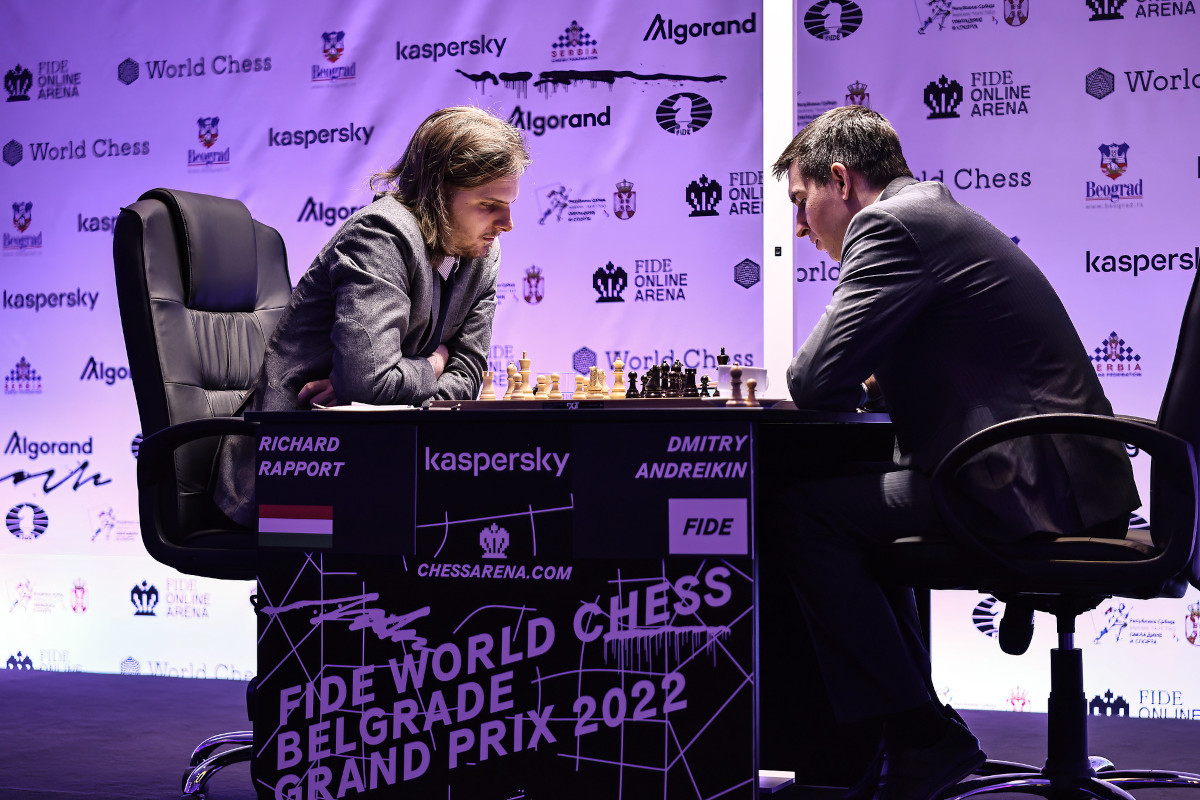
A dramatic encounter: Richard Rapport vs Dmitry Andreikin | Photo: FIDE/Mark Livshitz
Here is what happened:
A game worthy of both the winner and the loser!
Carlsen wins Charity Cup 2022
This DVD also includes the games from the Charity Cup that was held to raise funds for the victims of Ukraine war. Le Quang Liem surprised everyone by winning the Preliminaries. However, the Final was won by Carlsen. Here we have room for the decisive game:
A Larsen Special
This issue carries a special feature on Bent Larsen (1935-2010) with 19 annotated games,
13 examples of endgame play (Karsten Müller) and 16 lessons of strategic play (Mihail Marin). The list of opponents reads like the Who’s Who of modern chess, Botvinnik, Smyslov, Tal and Fischer, not to mention
This great player had a long and distinguished career spanning 4 decades. The Big Base alone has 2612 games played by him.
What can one say about the Great Dane?
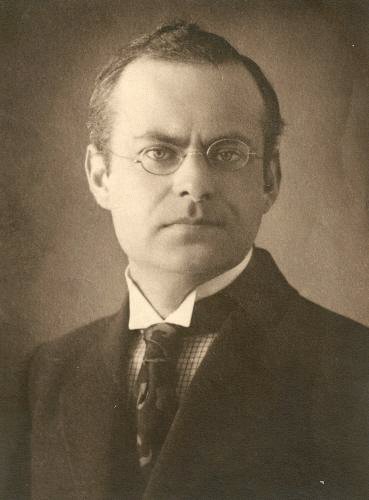
Aron Nimzowitsch | Photo: Unknown via Per Skjoldager, Lund Chess Academy, (Reproduced with permission)
Aron Nimzowitsch left two spiritual heirs, Tigran Petrosian and Bent Larsen (and they were as different as chalk and cheese!). Some day I shall write on Tigran. Here we are on Larsen. Harry Golombek rightly called his play, “The fabulous original”. Yet many young players remember him for the wrong reason. . “Wasn’t he the player crushed by Bobby with a 6-0 score in the 1971 Candidates’ Match?” They ask. Yes, he was.
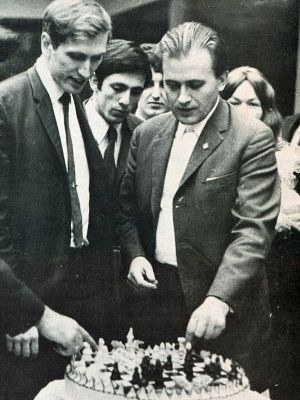
Bobby Fischer and Bent Larsen on a happier occasion, USSR versus Rest of the World Match, Belgrade 1970 | Photo: USCF Chess Archives
But there is more to Larsen than that one aberration of a match. For the most part the Dane played terribly as if he was in a fog. He shone only in the first game and it was a battle of titans. Here is the fateful encounter:
This single game has been analysed by contemporary players from Kasparov to Timman. They have not found it easy to reach anything like a final conclusion.
But I have got a little ahead of the story. Back in 1970 we had gone into raptures over My 60 Memorable Games by Bobby Fischer that had just been published. Then came the Dane’s book, Larsen’s Selected Games of Chess 1948-1969.
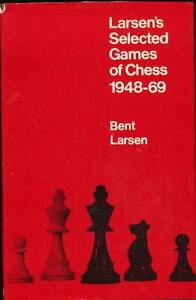
Cover of Bent Larsen's "Selected Games" | Photo: https://www.ebay.com
There were no more than 50 games in it. The narrative was deeply personal and the annotations were refreshing and indeed, startling. Few books on chess could match the sheer candour and enchantment of its writing.
Larsen’s career was full of vicissitudes. He never accepted received wisdom and instead challenged everything. In his quest for the unknown he often courted disaster and lost. But the chess world gained. It is not without reason that Carlsen sees Larsen’s ideas as a source of inspiration.
From my experience I can say, only Larsen can explain Larsen. A few years ago New in Chess Publishers came with an updated collection of his games. All the games are annotated by Larsen himself. Worth a look.

Photo: https://www.amazon.com
Opening videos and surveys
There are 3 opening videos in this issue. The first offers a lesson on the Sicilian Dragon Variation by Mihail Marin. The second features a lecture on the Sicilian Alapin Variation by Markus Ragger. The third provides a lecture on the English Opening by Rustam Kasimdzhanov. Take your pick.
There are as many as 11 opening surveys ranging from the Sicilian to the Slav. I would single out at least two of them.
A Requiem for the Polugaevsky Variation (B96)
The first is Petra Papp’s discovery on the Polugaevsky Variation in Sicilian Najdorf. Now this variation has had a chequered history.
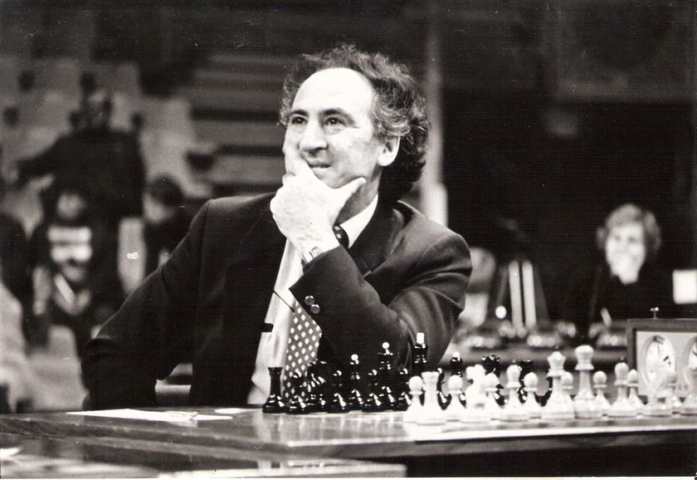
Lev Polugayevsky | Photo: https://www.chesspro.ru
The author, Lev Polugaevsky made extraordinary efforts to preserve the validity of this variation. It received its baptism of fire during the Candidates’ Match 1980 when Polugaevsky faced none other than Tal whose sterling victories with White against the Sicilian are too-well-known to recapitulate here.
As it happened, Tal took appalling risks against this variation, losing one game and drawing another. Only Polugaevsky would have survived the cascade of sacrifices and won against Tal. That was 40 years ago. In recent decades the Polugaevsky has received too many hard knocks, thanks to the engines, not to mention writings by Parimarjan Negi.

Petra Papp at the Chess Olympiad 2016 in Baku | Photo: Pascal Simon
However, Petra Papp takes it forward and I wonder if this is the end of the road for the Polugaevsky Variation. Here we have room for the main line of her analysis.
A Requiem for the Polugaevsky Variation
Is the Benko Gambit in trouble?
The second is Yago Santiago’s "refutation" of a line in the Benko Gambit (A57).
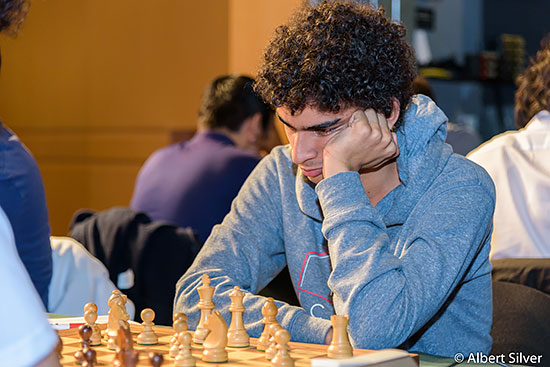
Yago Santiago | Photo: Albert Silver
He believes, standard lines against 5.e3 Variation do not give Black sufficient counter play and in this context his improvements for White deserve attention. However, there may be an early improvement for Black as well. It was pointed out by Alexey Kovalchuk in his two-volume work, The Benko Revisited (Thinkers Publishing. 2022)
5.e3 Line in Benko Gambit
Besides opening surveys, this issue has standard features on tactics, strategy and the endgame.
Summing up
The main database of the issue has 353 games of which 37 are deeply annotated. Anish Giri, Wesley So, Andrey Esipenko, Grigoriy Oparin and Nikita Vitiugov among others.
Notes
1) Bent Larsen wrote a number of articles for Chess Life & Review Magazine during the period 1970-1975. They may be located here: https://new.uschess.org/chess-life-digital-archives
2) There is a special issue on his 75th Birth Day Jubilee published by the Danish chess magazine, Skakbladet: http://www.dsu.dk/skakblad/sb2010/larsen.pdf

Buy ChessBase Magazine #207 in the shop...
